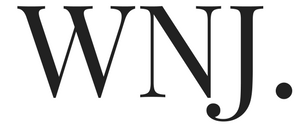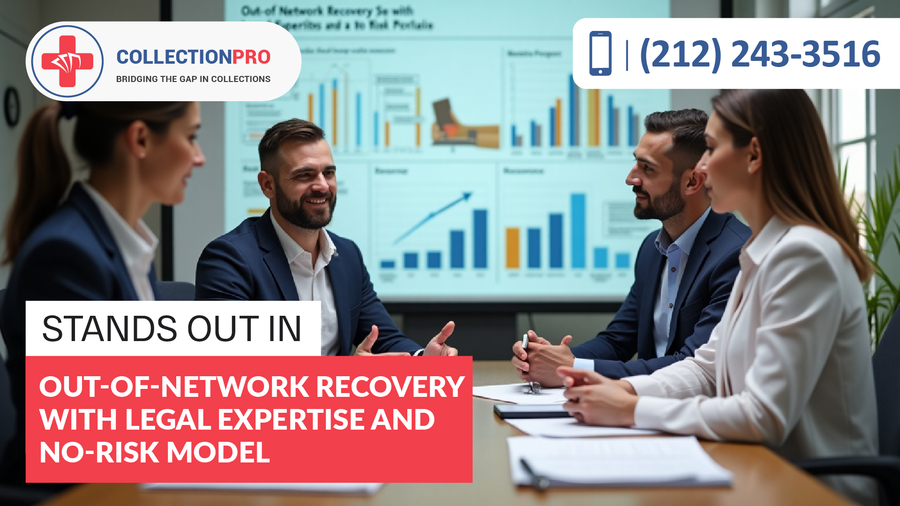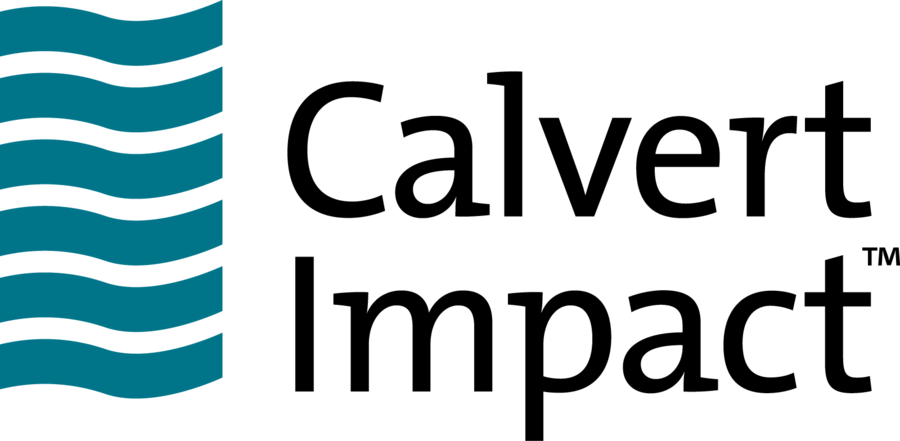In a Recently Published Article, Raskulinecz Shares Statistics on Inactive 401(k)s Due to Job Attrition, Details Differences Between Direct and Indirect Rollovers and Provides Information about Self-Directed IRAs for Asset Rollovers
ROSELAND, NJ, December 12, 2023 /24-7PressRelease/ — According to the Investment Company Institute’s 401(k) Center, 401(k) plans held $6.3 trillion in assets as of September 30, 2022. The assets were in more than 625,000 plans on behalf of approximately 60 million active participants and millions of former employees and retirees. However, Jaime Raskulinecz, CEO of Next Generation Trust Company, noted that there are also many inactive 401(k) plans employees have left behind after leaving their jobs. And that means leaving a lot of retirement money with a former employer.
In a recent article, she shared some compelling statistics, including those from a 2023 analysis by Capitalize. That analysis estimates there are 29.2 million left-behind or forgotten 401(k) accounts holding approximately $1.65 trillion in assets. This figure is up from 24.3 million accounts and $1.35 trillion in assets in May 2021 and represents 25% of all 401(k) plan assets.
“Many people don’t realize they can take their funds with them, as it were, by rolling over the assets from their old 401(k) into a new IRA,” said Raskulinecz. “And for individuals who wish to invest in alternative assets, they can roll the funds over into a self-directed IRA.”
Leave the job, take the 401(k) assets
Raskulinecz, whose firm is an administrator and asset custodian for self-directed retirement plans, reminded account holders that when they go to another employer or decide to retire, there is no reason to leave their old plan behind and let it go inactive. Rather, they can:
• merge the funds with the 401(k) at the new job if one is offered.
• cash out the old 401(k) if the money is needed immediately.
• roll over the funds into a new IRA—including a self-directed IRA which allows account owners to include a broad array of alternative assets in the plan.
The rollover may be direct or indirect.
“It is always best to talk to your tax advisor or wealth manager before deciding which option is best for you,” she recommended.
Rollovers into new IRAs
In a direct rollover, the funds are moved directly from the existing retirement account into a new IRA. The account owner initiates the transaction by notifying the previous financial institution and completing the required paperwork to roll over the funds to the new custodian.
In an indirect rollover, the funds are distributed first to the participant, who then has 60 days from the date of that 401(k) distribution to deposit the money into the new IRA. An indirect rollover may trigger required tax withholding by the plan administrator at the former workplace.
If the person wants to roll the funds into a self-directed IRA, this must be done with a firm that specializes in these accounts. The account can be a self-directed Traditional IRA, Roth IRA, or SEP IRA for the self-employed. Self-directed investors are those who are comfortable making their own investment decisions and conducting due diligence on the alternative assets they wish to include in their portfolio.
“People may not realize they’ll end up paying administrative fees and penalties for an inactive account. They also risk losing their retirement savings as a ‘missing participant’ if the former employer is unable to find them due to outdated contact information,” said Raskulinecz.
In her article, she also provides information on what to do before initiating a rollover and how to find a lost plan. More statistics and information about abandoned 401(k)s and why rollovers are important to maintaining and building one’s retirement savings are at https://bit.ly/41a6IHO.
For more information about self-directed IRAs and the alternative assets allowed in those plans, visit www.NextGenerationTrust.com.
About Next Generation Trust Company
Founded on the philosophy that every person should have control over their retirement plans, Next Generation educates consumers and professionals about self-directed retirement plans and nontraditional investments, a strategy at one time reserved only for the very wealthy. Next Generation Services provides comprehensive account administration and transaction support, and its sister company, Next Generation Trust Company, acts as custodian for all accounts. The neutral third-party professionals at Next Generation expertly guide clients and their trusted advisors as part of their white glove, personalized service for a seamless transaction experience from start to finish. For more information, visit www.NextGenerationTrust.com, or contact Next Generation at 888.857.8058 or NewAccounts@NextGenerationTrust.com.
About self-directed IRAs
Self-directed IRAs allow investors to include investments in many alternative assets—such as real estate, precious metals, private equity funding, and royalties—within their tax-advantaged plans. Account owners may self-direct Traditional and Roth IRAs, SEP and SIMPLE IRAS, education savings accounts, and health savings accounts. Self-directed solo(k) plans are another option for business owners. Self-directed retirement plans are offered by specialty custodians, as most traditional broker-dealers and financial institutions don’t allow non-publicly traded investments.
—
For the original version of this press release, please visit 24-7PressRelease.com here




